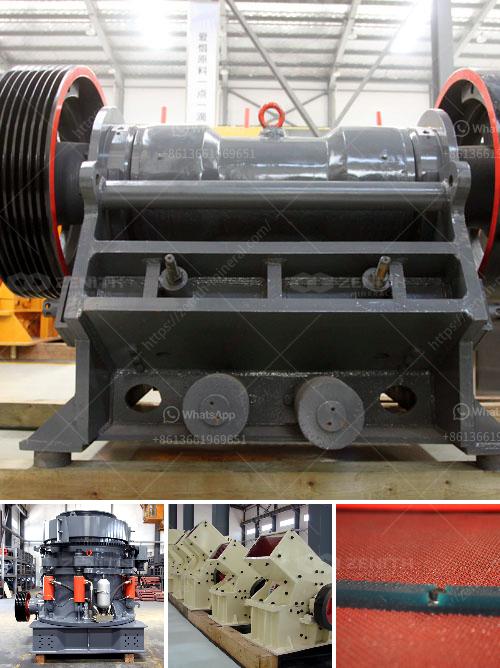The grinding fineness of a ball mill is influenced by several factors, each playing a crucial role in determining the final particle size of the material being processed. Here are the primary factors that affect the grinding fineness:
Mill Speed: The speed at which the ball mill operates has a significant impact on the grinding process. If the speed is too low, the balls will not be lifted sufficiently, leading to a lower impact force and reduced grinding efficiency. Conversely, if the speed is too high, the balls will be carried over and the grinding action will be diminished. The optimal speed is typically between 65% and 75% of the critical speed.
Ball Size and Distribution: The size and distribution of the grinding media (balls) within the mill are crucial. Larger balls are more effective at breaking down large particles, while smaller balls are better for fine grinding. A mix of different sizes can help achieve a more uniform particle size distribution.
Feed Size: The size of the material being fed into the ball mill can affect the grinding fineness. Larger feed particles require more energy to break down, which can reduce the overall efficiency of the grinding process. Pre-crushing the feed material to a smaller size can improve the grinding efficiency and fineness.
Mill Liner Design: The design and material of the mill liners can influence the grinding process. Liners with a specific profile can help lift the balls to a greater height, increasing the impact force and improving the grinding efficiency. The material of the liners should also be chosen based on the type of material being processed to minimize wear and tear.
Mill Loading: The amount of material and grinding media within the mill (known as the mill load) can affect the grinding fineness. An optimal load ensures that the balls have enough space to move and impact the material effectively. Overloading or underloading the mill can reduce the grinding efficiency.
Grinding Time: The duration for which the material is ground in the ball mill can also affect the fineness. Longer grinding times typically result in finer particles, but this must be balanced against the energy consumption and potential over-grinding, which can lead to a loss of efficiency.
Slurry Density: In wet grinding processes, the density of the slurry (the mixture of water and material) can impact the grinding fineness. A higher slurry density can lead to better grinding efficiency, but if it is too high, it can cause the balls to stick together and reduce the grinding action.
Material Properties: The hardness, brittleness, and moisture content of the material being ground can influence the grinding fineness. Harder materials require more energy to break down, while materials with high moisture content can form clumps and reduce grinding efficiency.
Temperature: The temperature within the mill can affect the grinding process. Higher temperatures can lead to increased evaporation of moisture, which can impact the slurry density and grinding efficiency. Additionally, excessive heat can cause thermal expansion of the mill components, affecting the grinding action.
Additives: The use of grinding aids or other additives can improve the grinding efficiency and fineness. These substances can help reduce the energy required for grinding and prevent the formation of clumps, leading to a more uniform particle size distribution.
By carefully controlling and optimizing these factors, the grinding fineness of a ball mill can be effectively managed to achieve the desired particle size for the material being processed.
